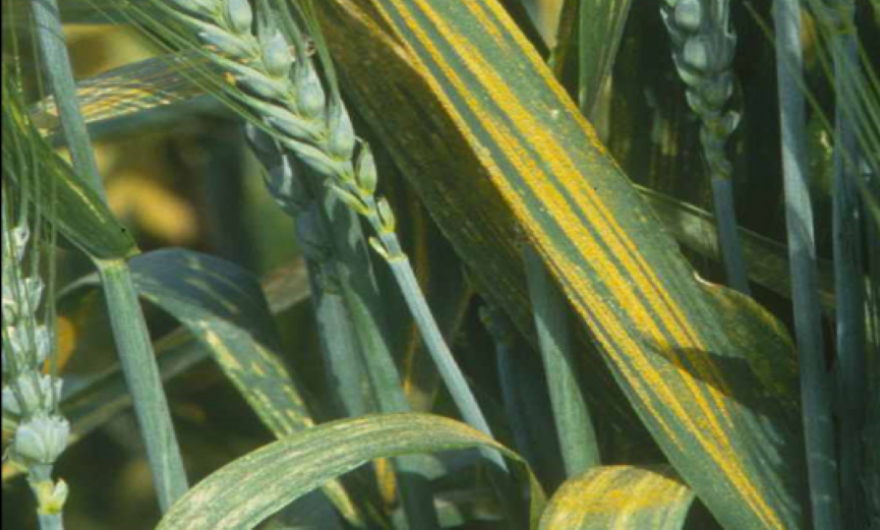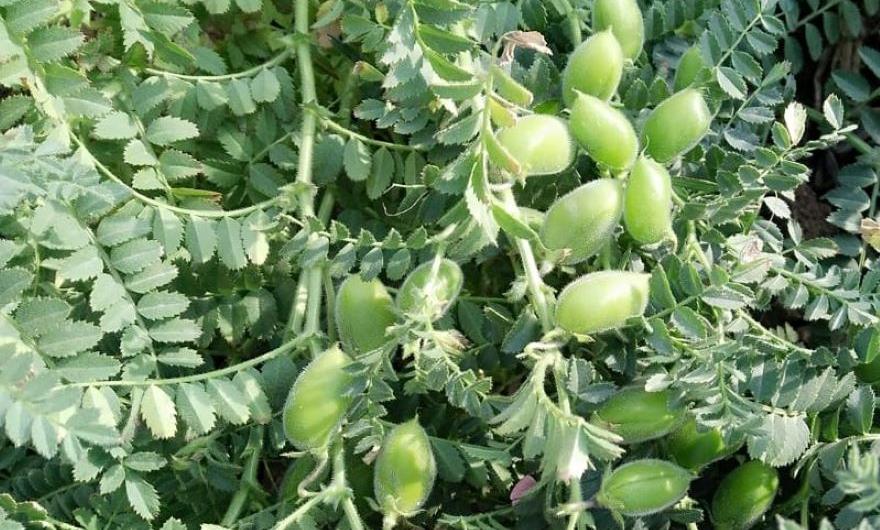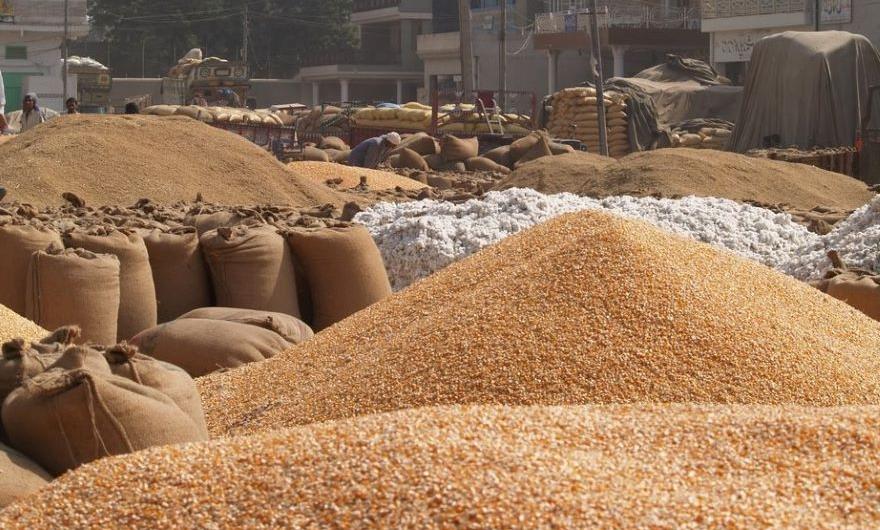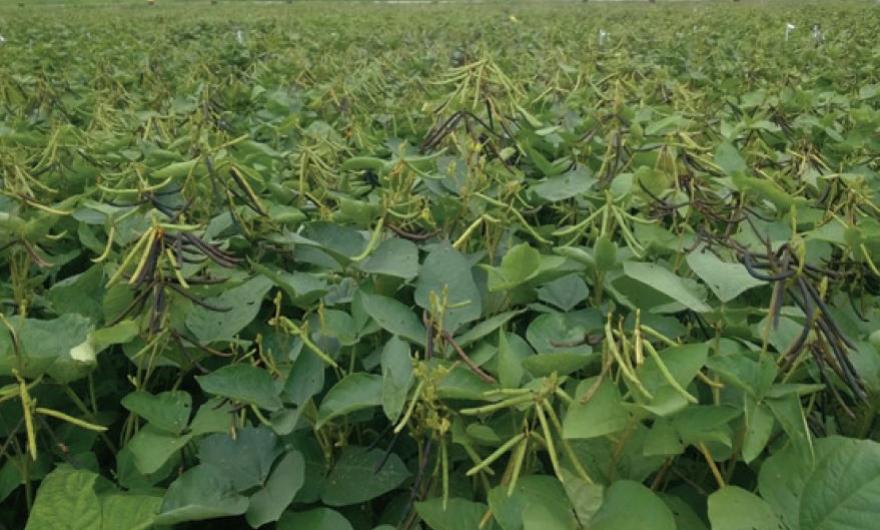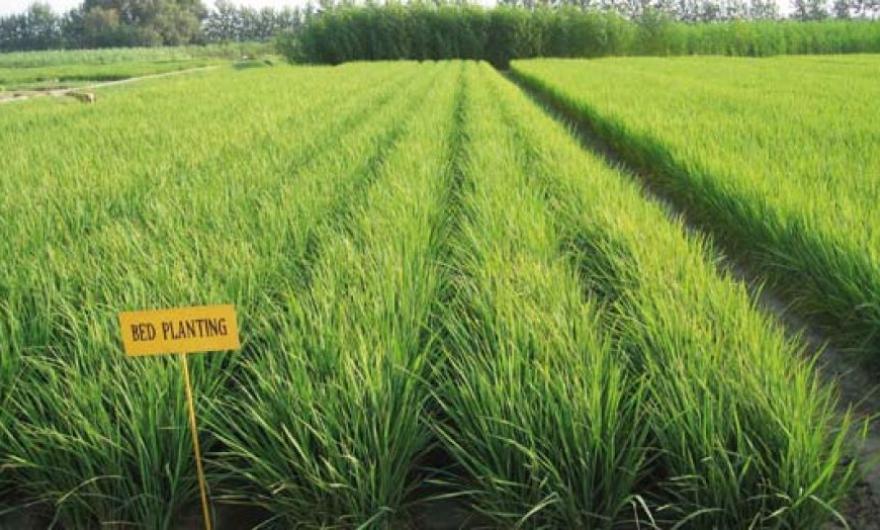Crops
Header Image
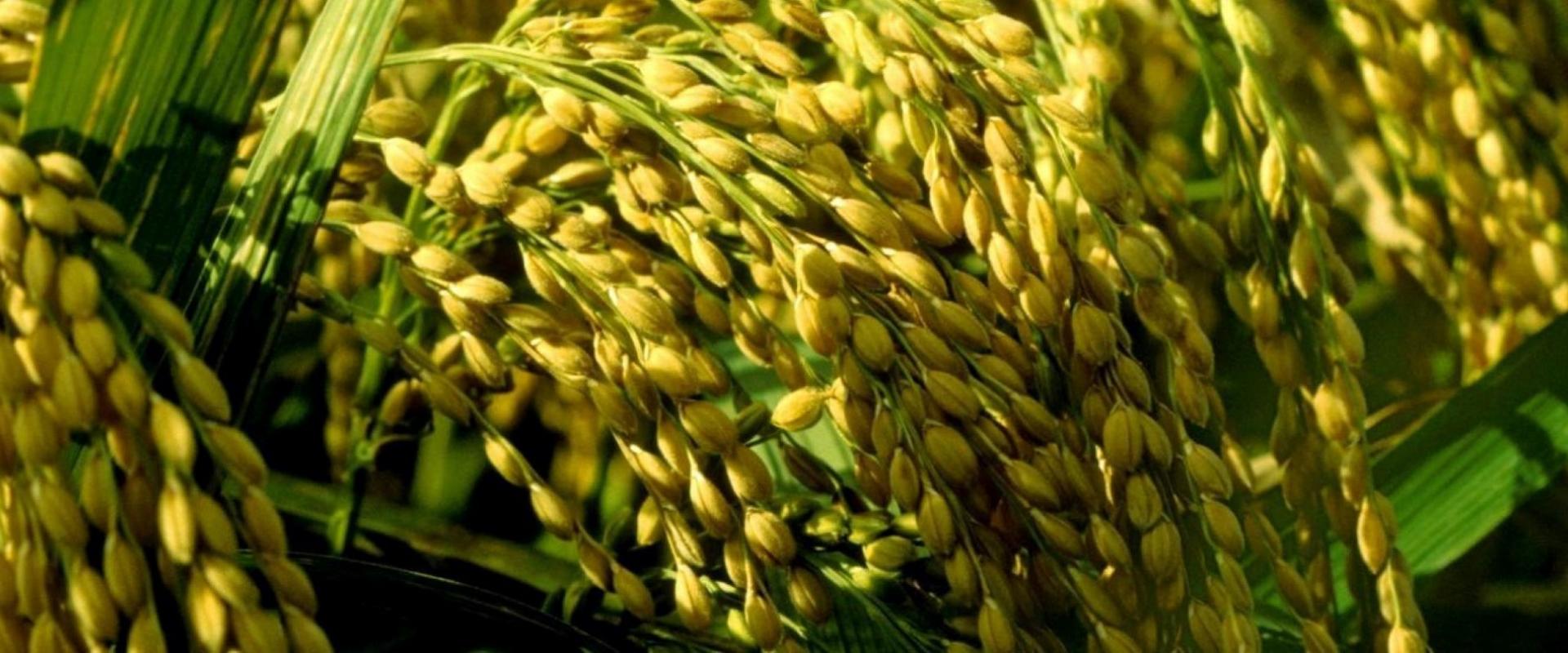
"Kharif" is the first sowing season starting from April-June and is harvested during October-December. Rice, sugarcane, cotton, maize, mung bean, mash (black gram), bajra (pearl millet) and jowar (sorghum) are “Kharif" crops. "Rabi", the second sowing season, begins in October-December and is harvested in April-May. Wheat, gram (chickpea), lentil (masoor), tobacco, rapeseed, barley and mustard are "Rabi" crops.
Several of the minor crops are underproduced, including pulse crops, causing reliance on imports. This is reflected in ACIAR’s current research priorities in Pakistan, while disease resistance in wheat remains vital.
